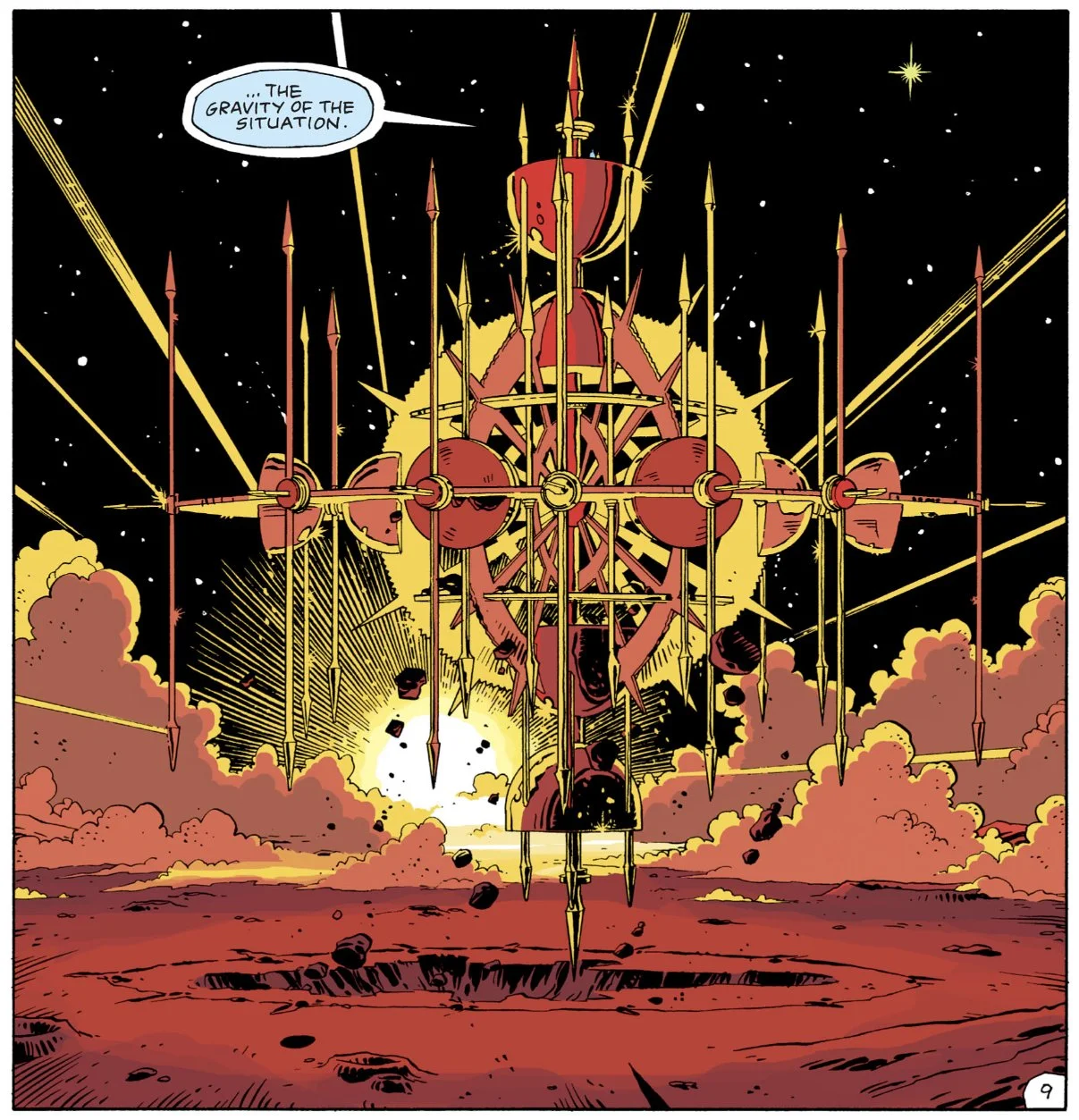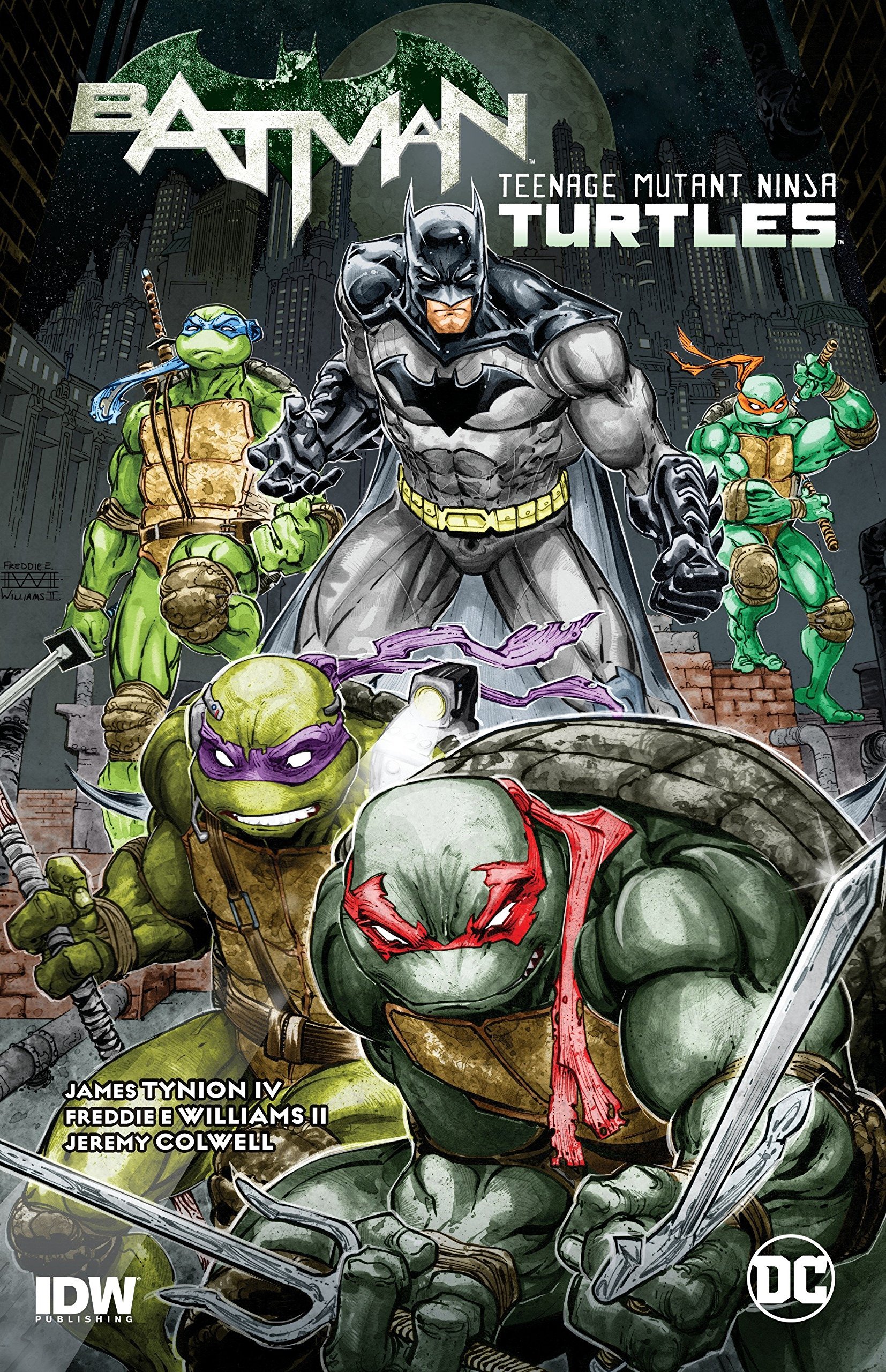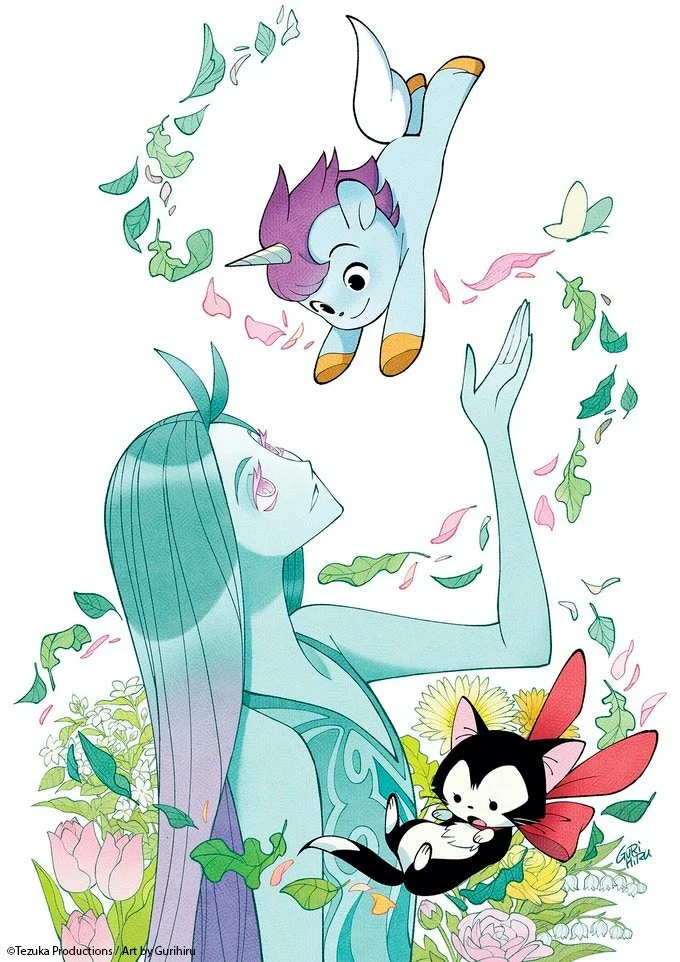The Wicked + The Divine #26: Wic + Div Re-Read
By Alex Batts — We’re back again with a new installment in The Wicked + The Divine Re-Read Project and this week we take a look at issue #26, the fourth issue in The Imperial Phase Part 1 as part 1 of this arc begins to wrap up. This arc has largely been about setting up and giving a direction for our cast of characters in a post-Ananke world. This issue is no different as the Pantheon must face a pivotal decision. Let’s get into the solicit…
The Wicked + The Divine #26
Here’s the official solicitation text for The Wicked + The Divine #26 from February 8th, 2017:
“IMPERIAL PHASE (I),” Part Four Once more we return to the polling booth. One god, one vote. I’m sure it’ll be fine. Democracy always works, right?”
As mentioned, the Pantheon has a big decision ahead of them in this issue and it comes down to a singular vote. The solicit makes sure to pack in that dry humor we have all come to love. Surely, naturally, everything is going to be okay. Let’s find out…
The Cover: Urdr (and the Norns) are the off-center stars of this cover and wow. This has got to be one of my favorite covers of the series and also one of the most underrated. I admittedly forget about it at times when I’m mentally running through my favorites of the series, but every time I get back to it on a re-read my jaw hits the floor.
First of all the outfits and headpieces for Urdr and the Norns hit an incredible fantasy and moody aesthetic, and the almost muted color palette of their appearance, mixed with a sort of luminous white glow emanating from them, contrasts wonderfully with the golden trails wreathing the tree adjacent to them. Every element of the cover just works, Jamie McKelvie and Matthew Wilson never disappoint.
The First Page: Once again we pick up at the same moment that ended the previous issue. The Great Darkness is on the attack. A giant, obscure, swarm-like monster looming large outside the windows of The Shard takes up the top two-thirds of the page, as Baal shouts instructions at Persephone. His instructions give some hints that he, and Amaterasu, have dealt with this before. Telling Persephone to follow Amaterasu’s lead implies that Amaterasu knows which direction to lead.
The art, as always, is top-notch. The huge first panel going to the bleed of the page on both the right and left sides gives it a larger-than-life feel, especially when juxtaposed with the bottom panel being normally contained. The perspective from behind Baal as he looks at this gigantic creature is an incredible way to give us more scale for how imposing The Great Darkness is.
On-Page Action: I’m going to break this down into three main sections, The Attack, The Vote, and The Aftermath. These are, essentially, the three main scenes/sequences of the issue. Starting with The Attack, we get a kick-ass action sequence where Amaterasu gets to display how powerful she is, even going full Superman heat vision at one point. And yes, it is just as awesome as you would imagine. Though the action sequence is of course a beauty to look at a couple of key story beats also unfold during it. Firstly, Amaterasu takes Persephone and herself to Baal’s family home to check on his family. The instant familiarity that Amaterasu has with Baal’s mother implies this isn’t the first time this has occurred.
Another key plot beat in this sequence is the lack of positive impact that Persephone has on the Great Darkness. When she goes to attack, her powers make the enemy more powerful. It’s immediately after this when Amaterasu runs to a landline, that is obviously designed by Woden, and calls Baal for help. “Minerva’s fine… all I do is win.” Baal remarks as he bursts through the phone in a storm of lightning. Listen, I don’t know how else to describe that line and entrance other than badass. I can try, but let’s just call it like it is.
The sequence ends with Baal making ridiculously quick work of the remaining monsters and then apologizing to his mother for smashing the place up, again. “It is what it is.”, she says. As Baal says they’ll deal with it Amaterasu very eagerly welcomes Persephone to their ”fighting-the-forces-of-evil gang”. And now we approach the vote…
This sequence is titled “The Watch” in the issue, with a whole title page and everything, but I didn’t want to completely steal it, so we’re going with the vote. Regardless, the first page here opens with a close-up of Baal saying, “Once again, we return…” to then a panel of the Pantheon gathered around a table, “… And so do they.” And it’s difficult to articulate how much I geek out over this page every time.
Baal is the de-facto “leader” (if they have one) of the Pantheon, given his seniority, and the obvious parallel to this page and the opening pages of the series are magnificent. The same table, Pantheon members gathered around, and even a few skulls already in place of deceased members. Makes you wonder what happened to that previous Pantheon, and what’s in store for our remaining characters…
The next seven (eight, depending on how you classify the last page which we’ll talk about in the art) pages are all nine-panel grids and it works wonderfully for the scene. This is a debate, a roundtable discussion, with the future actions of our characters being decided. It would be a disservice to the issue for me to try to elaborate on every conversation point in the scene, but it’s pure entertainment to see our entire cast of characters going back and forth about what they should do.
The first few pages are used to catch the rest of the Pantheon (and us) up on what Baal and Amaterasu know about the Great Darkness. According to Ananke, the Sky Gods are the ones who must fight it, but it is the most important threat they face and should be dealt with immediately. Urdr is, logically, angered by Baal and Amaterasu keeping this a secret, and also that they decided to continue following Ananke’s advice even after all they learned about her. Essentially, three choices emerge for differing courses of action to be taken as Persephone says they should take a vote. Fight the Great Darkness, Study, or anarchy.
And here we see a brilliant use of the nine-panel grid (I wouldn’t be surprised if this page alone was a major factor in deciding to make this entire sequence nine-panel pages) as the voting page arrives. There are nine members of the Pantheon to vote, so each gets their own respective panel. Baal, Minerva, and Amaterasu all choose fighting the Great Darkness. Morrigan, Baphomet (by way of Morrigan), and Sakhmet all choose anarchy. Woden, Dionysus, and Urdr all choose study. We have ourselves a tie. Baal says the deciding vote goes to Persephone, which causes a brief argument about whether Persephone should get a vote and whether she’s even a member of the Pantheon.
Woden argues they don’t know anything about Persephone, and Amaterasu notes that her powers seemed to feed the Great Darkness. “Maybe she’s a baddy without knowing?” causes quite the awkward moment of reflection among the group. Finally, Urdr speaks up that of course she gets a vote. The page turn reveals Persephone and her hair enveloping the would-be nine-panel grid as she votes for anarchy. “Make your own decisions. Make your own mistakes.”
Now we arrive at the aftermath. Baal furiously confronts Persephone after the vote, furious that she chose anarchy when she could’ve secured the vote to fight the Great Darkness. Here we see Persephone further distancing herself, “I am not a part of your solution… I will only ever hurt you… I’m walking away before I take you down with me.” Persephone fully believes she is not good for Baal, or maybe anyone, and wants to remove herself from the situation to prevent making things worse.
We then see Urdr in a fit of rage, once again cursing Laura. Urdr, Woden, and Dio briefly discuss what they can do to improve the situation and decide to try to convince the others that their pursuit is the best one is the path to take. The scene, though short, is brimming with great character moments and character-building between Urdr and Dio, who up to this point haven’t directly interacted that much.
The final two pages feature Persephone driving top speed on her motorcycle down an empty road, and then turning and crashing directly into a concrete wall. She walks out of the fire from the explosion as calm as ever, on the phone saying she knows that she’s late to a gig, wants to grab drinks with Sakhmet after, and needs a new bike. She seems very not okay, and it has become increasingly difficult to read her thoughts and emotions. You can tell there’s emotional turmoil happening, but it’s difficult to pinpoint just what emotions they are.
Deeper Meaning: The biggest element here for me is Baal. We meet his family and learn that the Great Darkness is responsible for killing his father. This bit of information helps expand his character tremendously as we now know a major factor for his outward stoicism and tough-guy exterior. “You’ve got your own cross, hands off mine.” From the previous issue makes a lot more sense with the context that his hesitation about the Great Darkness makes him feel responsible for the loss of his father.
Not only that, but the lack of heading Ananke’s advice, and him being the first of the Pantheon to emerge, must create a storm of conflicting thoughts and emotions in his head given the revelations about Ananke. Not everything she said could have been lies, could it? The Great Darkness is the end all be all of what being a member of this Pantheon is for Baal. It must be stopped.
This issue is also significant in that we see the entire group of characters interacting at length and showing exactly where each of their character motivations lies. As I’ve said before and will say many more times, Kieron Gillen has an incredibly strong grasp on each of their personalities and the way they bounce off each other in conversation is brilliant. The humor lands perfectly, the drama is… well it’s dramatic, and the character-building never stops.
Another point worth noting is just how much Persephone has changed, and how difficult it is to decipher what she’s thinking. I also had the revelation while writing this that after Persephone returns from being presumed dead there are no more narration boxes. We used to know exactly what she was always thinking, now she’s becoming more and more of an enigma.
The Art: Jamie McKelvie and Matthew Wilson do it again and produce yet another flawless issue of art. The most obvious standout is the opening action sequence, and as always, the display of powers from Baal, Amaterasu, and Persephone looks epic. The coloring leaps off the page as powers are used. Amaterasu’s glowing red eyes and heat vision are a major highlight, as is Baal’s epic entrance and whirlwind of lightning as he defeats the last of the monsters.
The duo also continues their immaculate job of rendering facial expressions with precision, emotion, and direction during the voting sequence. Most of the panels are essentially headshots of the various characters and they all convey the perfect amount of nuance. The pacing is also fantastic, as there are a few select silent panels that create specific dramatic beats in the scene. The use of Persephone breaking/overtaking the nine-panel grid on the eighth page of the sequence is also such a strong visual tool. The variety and consistency brought to each issue is remarkable and I’m constantly floored by what the team is able to accomplish with this series.
The Wicked + The Divine #26
The Wicked + The Divine #26
Writer: Kieron Gillen
Artists: Jamie McKelvie
Colorist: Matthew Wilson
Letterer: Clayton Cowles
Publisher: Image Comics
“IMPERIAL PHASE (I),” Part Three. The comic that says, “What could possibly go wrong?” and then looks at the camera and stares until we all start crying releases another issue.
Release Date: January 4, 2017
Buy It Here: The Wicked + The Divine #25
Click here to read past installments of the Wic + Div Re-Read.
Alex Batts is from Texas. A lifelong comic book enthusiast and movie lover, if he’s not talking about comics, he’s probably not talking. You can find him on Twitter by following @BatmanFiles












